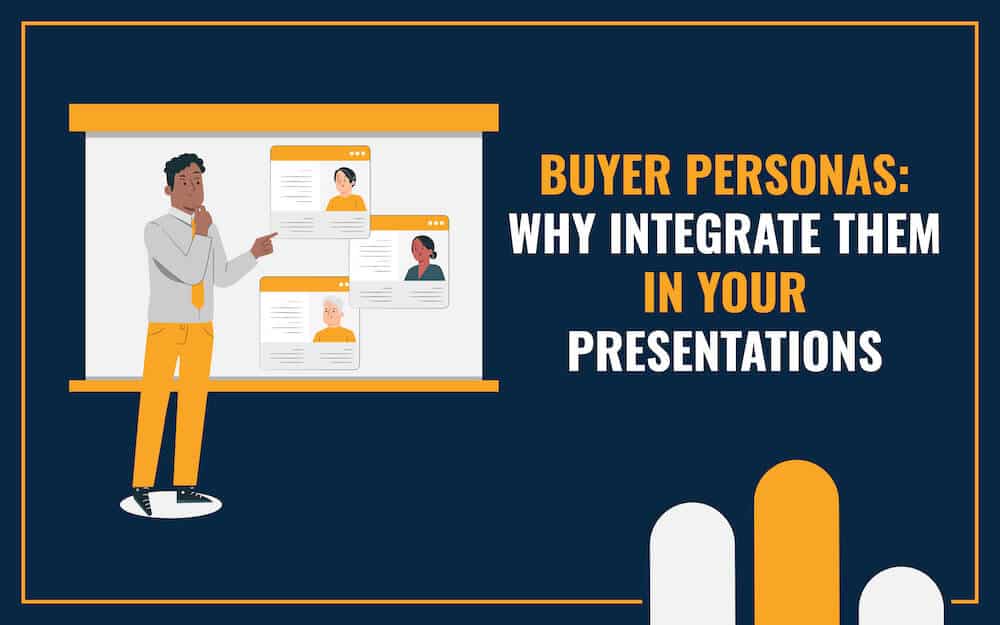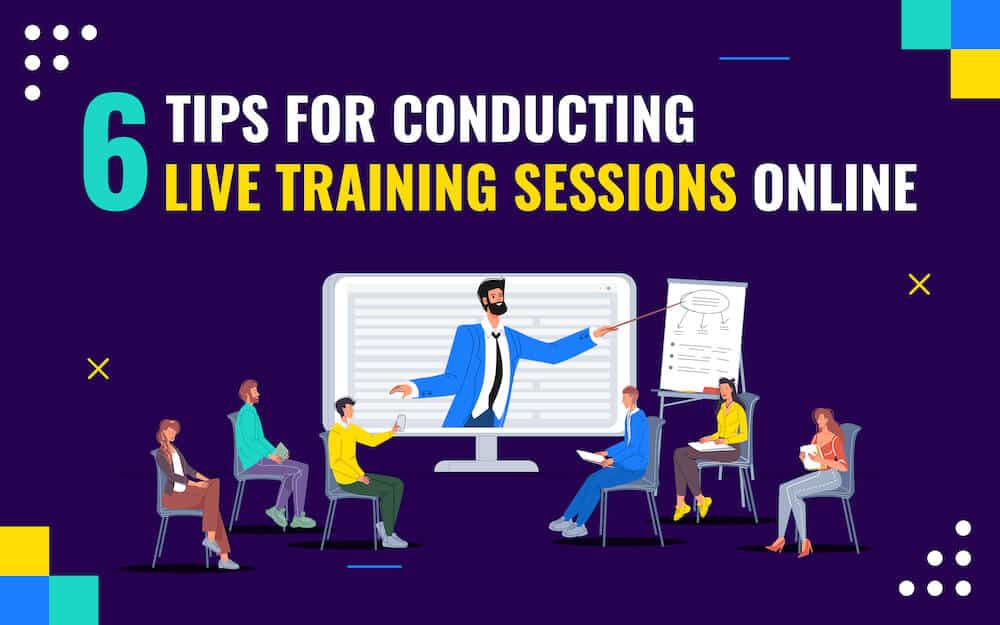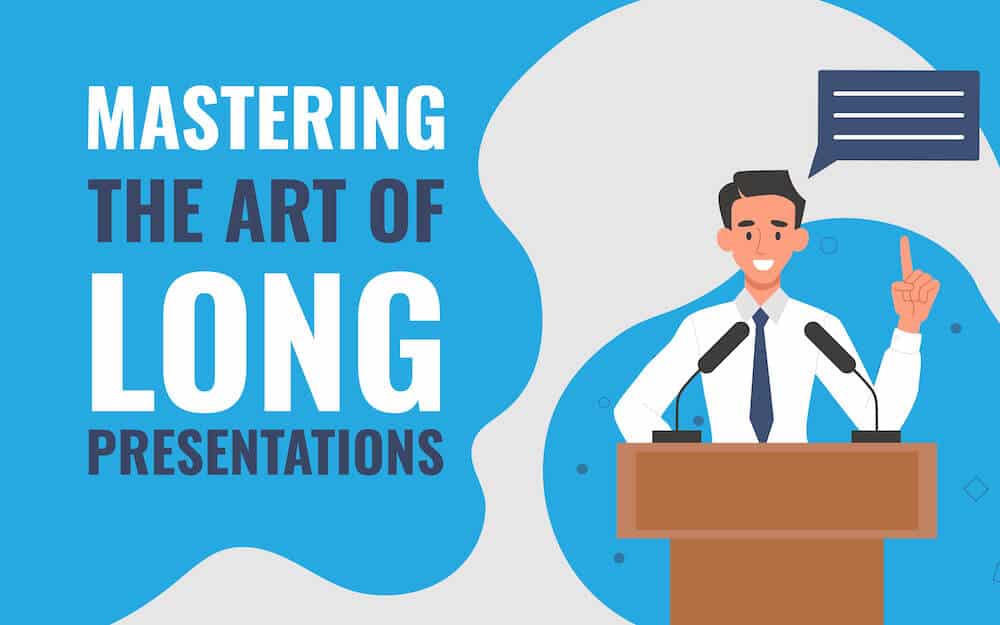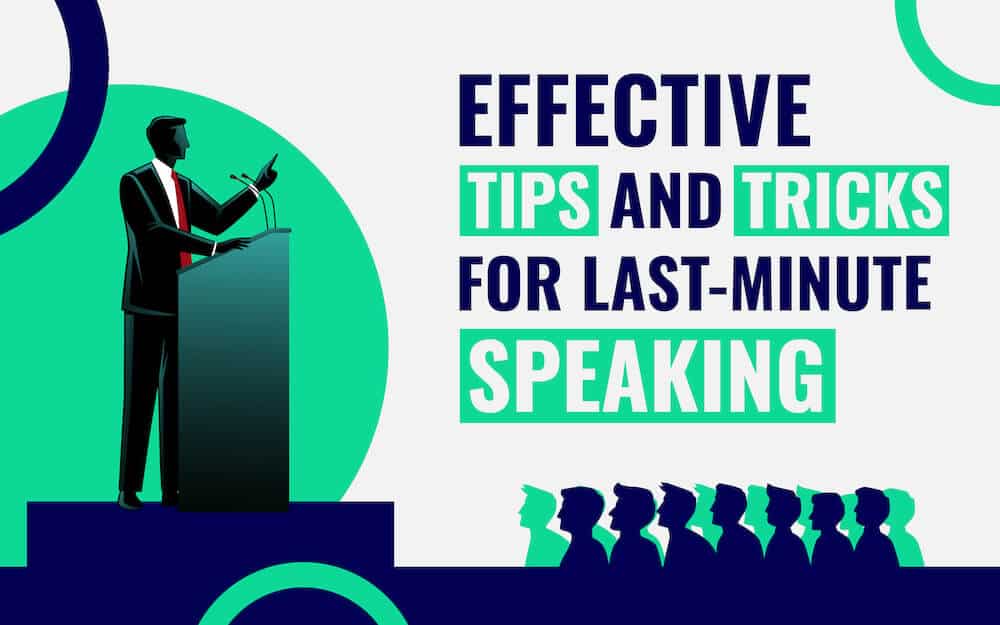
No matter how seasoned a speaker might be, the one thing that can usually strike fear and panic into just about anyone is the dreaded Q&A session. And it makes sense, because no matter how prepared you are for the rest of your presentation, the Q&A hands over that control to the audience members. Or at least that’s what many presenters think.
Here are some steps you can take to ensure you are as prepared as possible to answer the sometimes personal and complex questions you may be asked.
Don’t End Your Presentation with a Q&A
“What?! But I didn’t even think it was possible not to…”
Just because most presenters end with a Q&A doesn’t mean you have to. In fact, the best presenters don’t, and here’s why: Even Q&A’s that go well have the ability to drag the conversation away from your main message.
A better option is to follow the Q&A with a short closing that recaps your main message points and gives you the last word. Doing so will redirect the listeners’ attention where it needs to be, leaving them with the impression you had intended.
Know the Kind of Questions Your Audience Might Ask
Just as it’s important for you to understand your audience so you may tailor your message accordingly, it’s also important to understand what kind of questions they may have. So, how do you determine these questions beforehand?
Meet with your attendees before your presentation and ask what their top concerns about your topic are. If you do this for a few of your presentations, you’ll find the same 8-10 questions will come up over and over again. This is the absolute best way to gauge a set of standard questions.
Prepare Your Responses
Once you’ve collected the top 10 questions, you can prepare your responses. It’s best to create a variety of answers as this will give you flexibility in how you respond to each audience.
It’s also important to note that you should practice how you respond to these questions, as your delivery will have almost equal impact as the words you choose.
Don’t Make Up an Answer
No matter how prepared you may be, there will come a time when someone will ask a question you never saw coming. If you don’t have an immediate answer, that’s okay. What’s not okay is cobbling together a fake answer on the spot.
What you should do is acknowledge that you don’t have an answer. You should also prepare a slide ahead of time that includes all of your contact information. This way, your audience member can contact you at a later date for follow-up. This slide will also come in handy should your Q&A session run long and there are still attendees with questions.
Have a Sense of Humor
If you want to be viewed as a thought leader during your Q&A, you’ve got to exude the right character traits. According to a study by the Bell Leadership Institute, the two most desirable traits in leaders are a strong work ethic and a good sense of humor.
Your Q&A session is the time for you to loosen your proverbial tie and show the audience your personality and humor. Having a sense of humor about yourself shows confidence – you can’t be ruffled, even when someone asks you something personal.
Having a sense of humor means not being a control freak and worrying about making mistakes. If you made a mistake during your presentation and gave the wrong data and someone points it out during the Q&A, thank them and make a joke about your error. Do not let a mistake throw you off track or make you lose focus of your overall message.
In case you are one of those perfectionists who believes you HAVE to be perfect in order to be seen as an authority, here’s a snippet of a study reported by Time, “People performed best at public speaking not when they feared making mistakes or even when they were willing to forgive their own mistakes. They felt great and were rated most highly when they took a ‘novelty’ perspective: deliberately making mistakes and then incorporating them into the presentation.”
Since most Q&A sessions happen near the end of a presentation, your performance will have a direct impact on your overall message and a lasting impact with your audience. If you want to deliver a successful presentation, follow these guidelines to prepare for your next Q&A.



